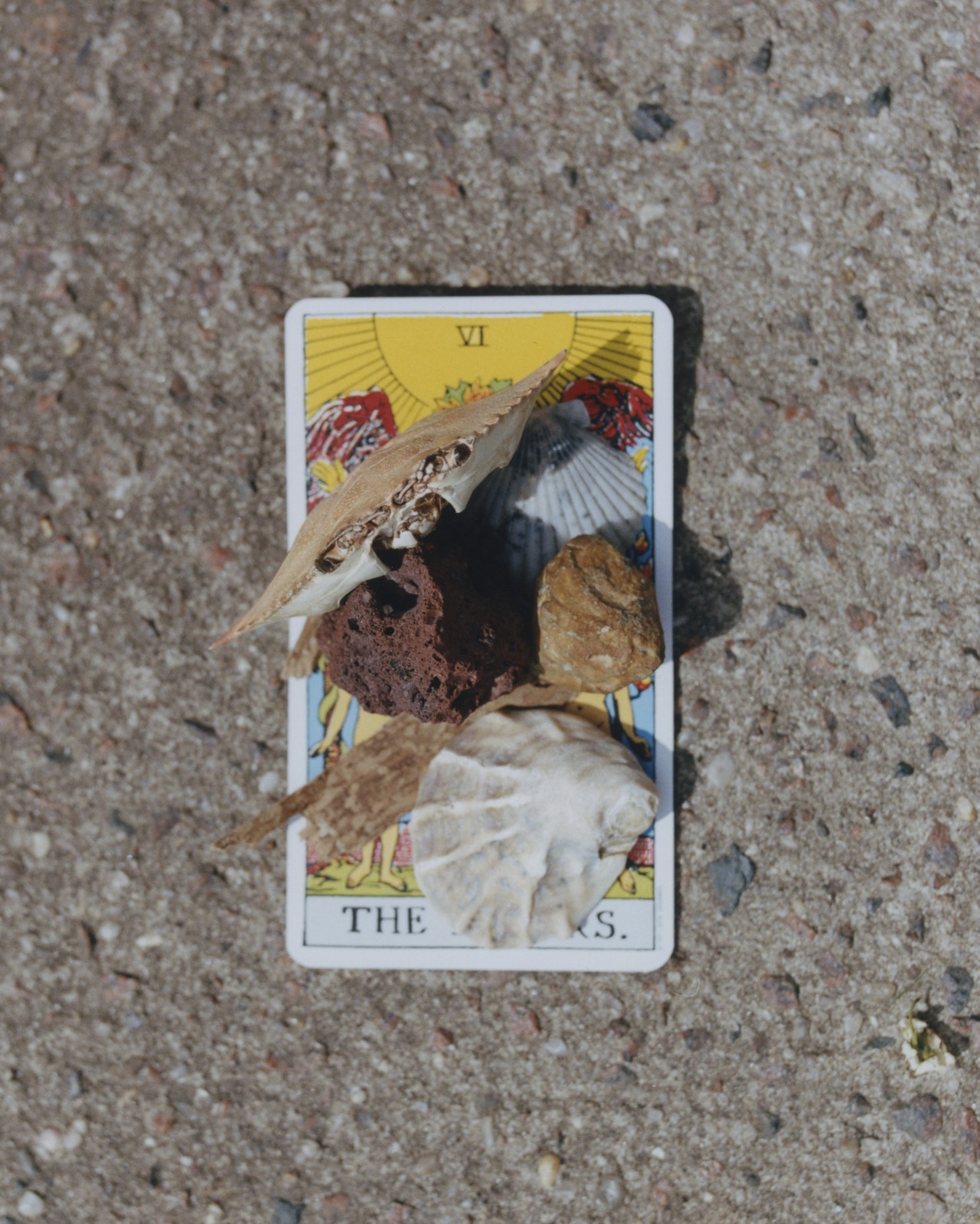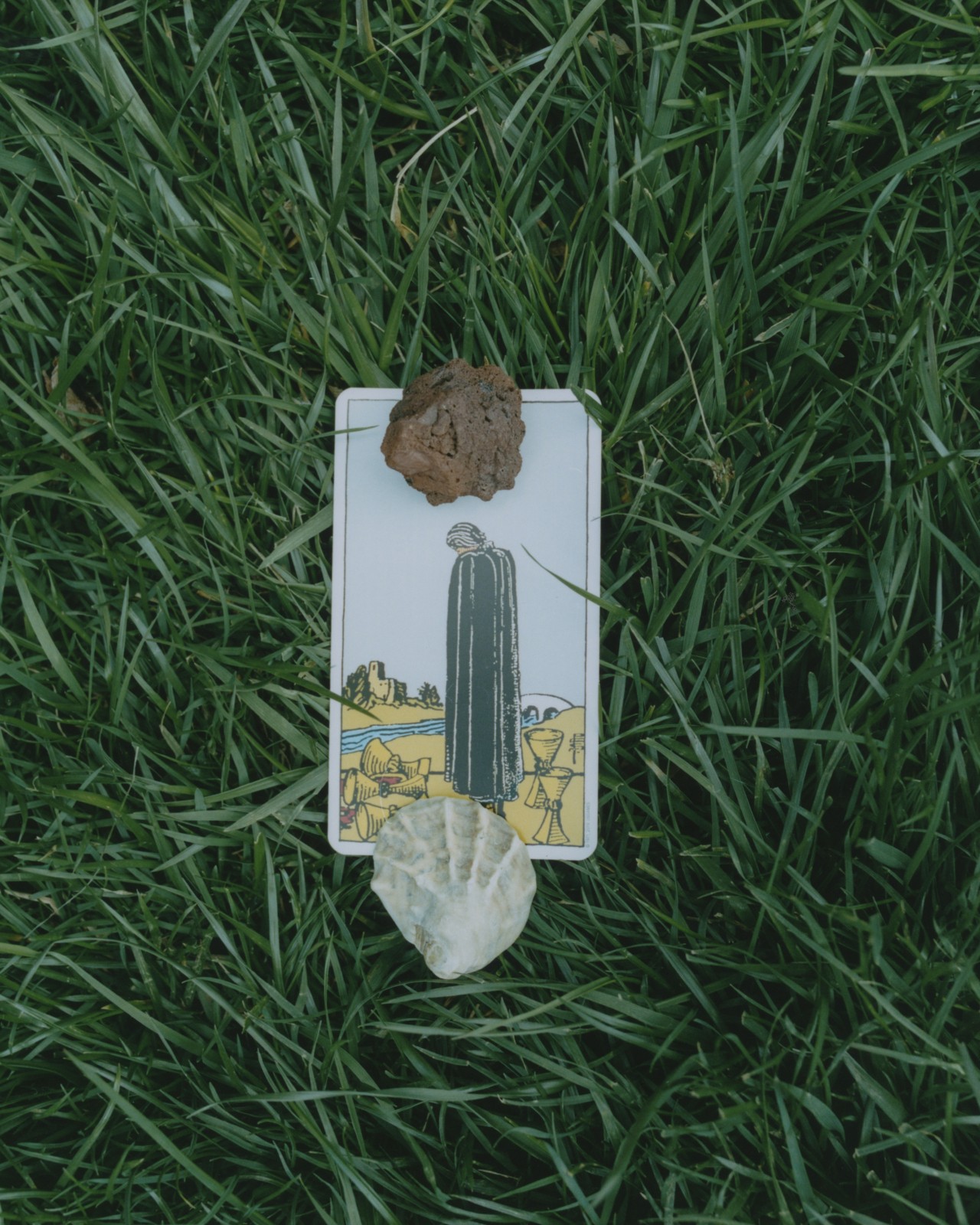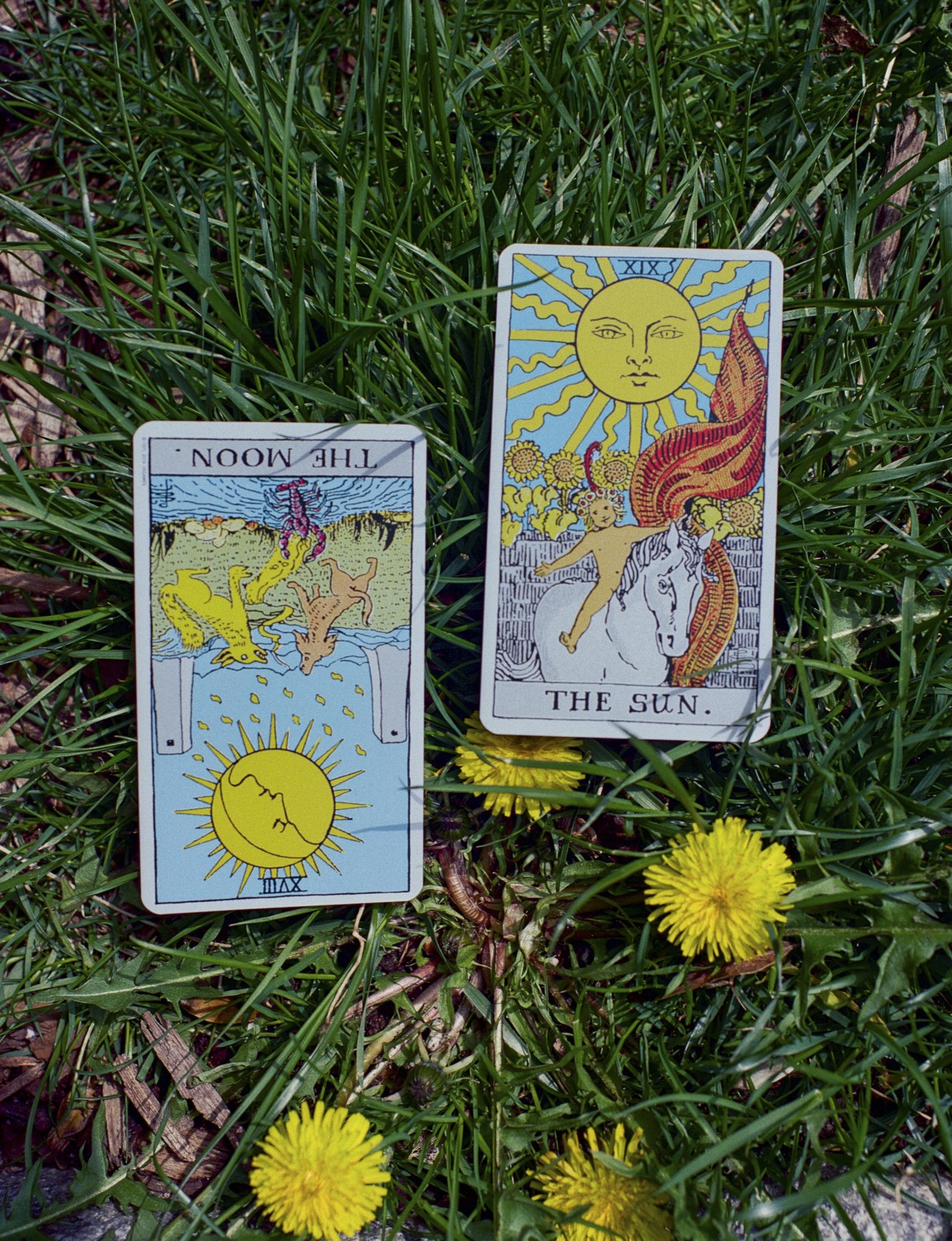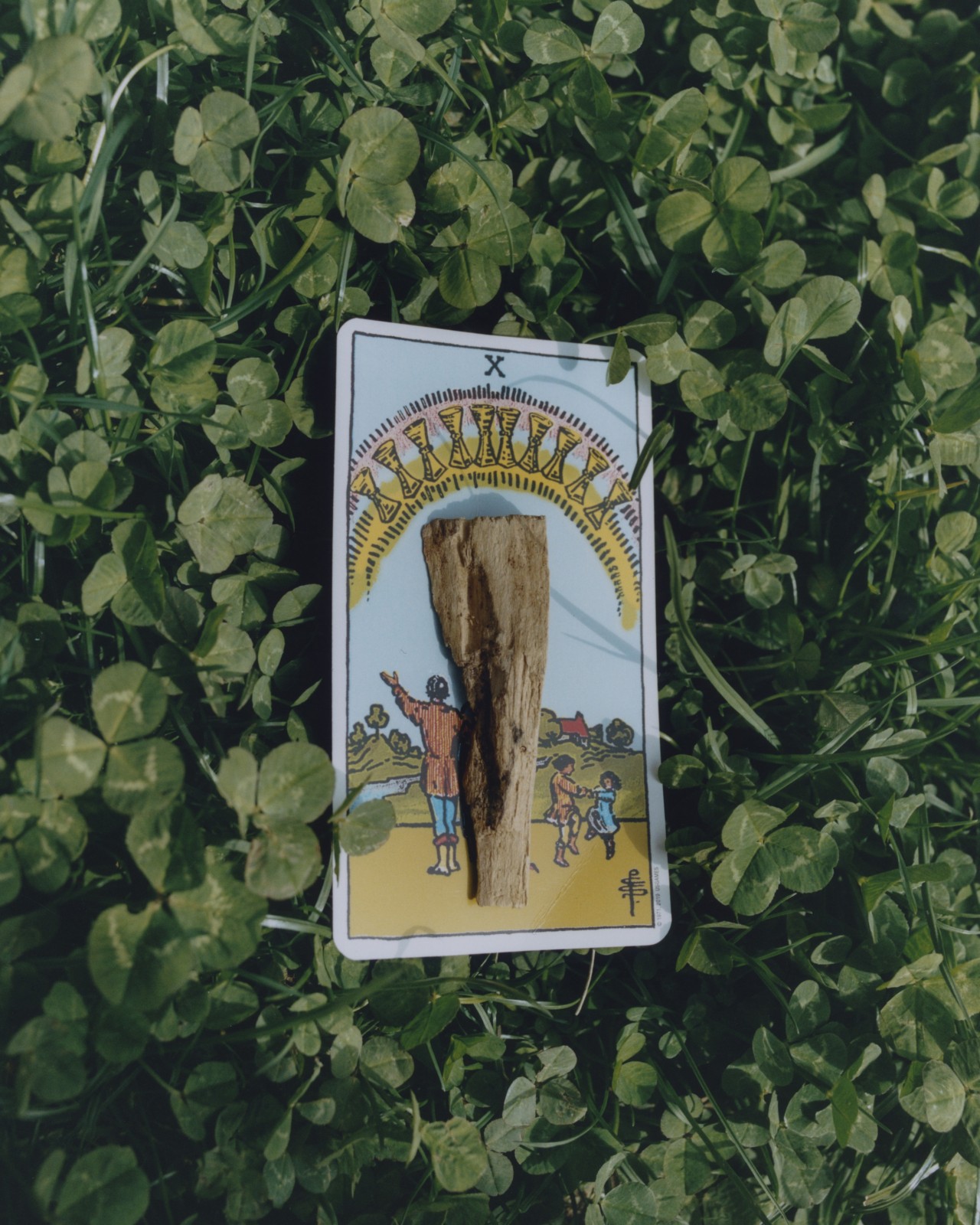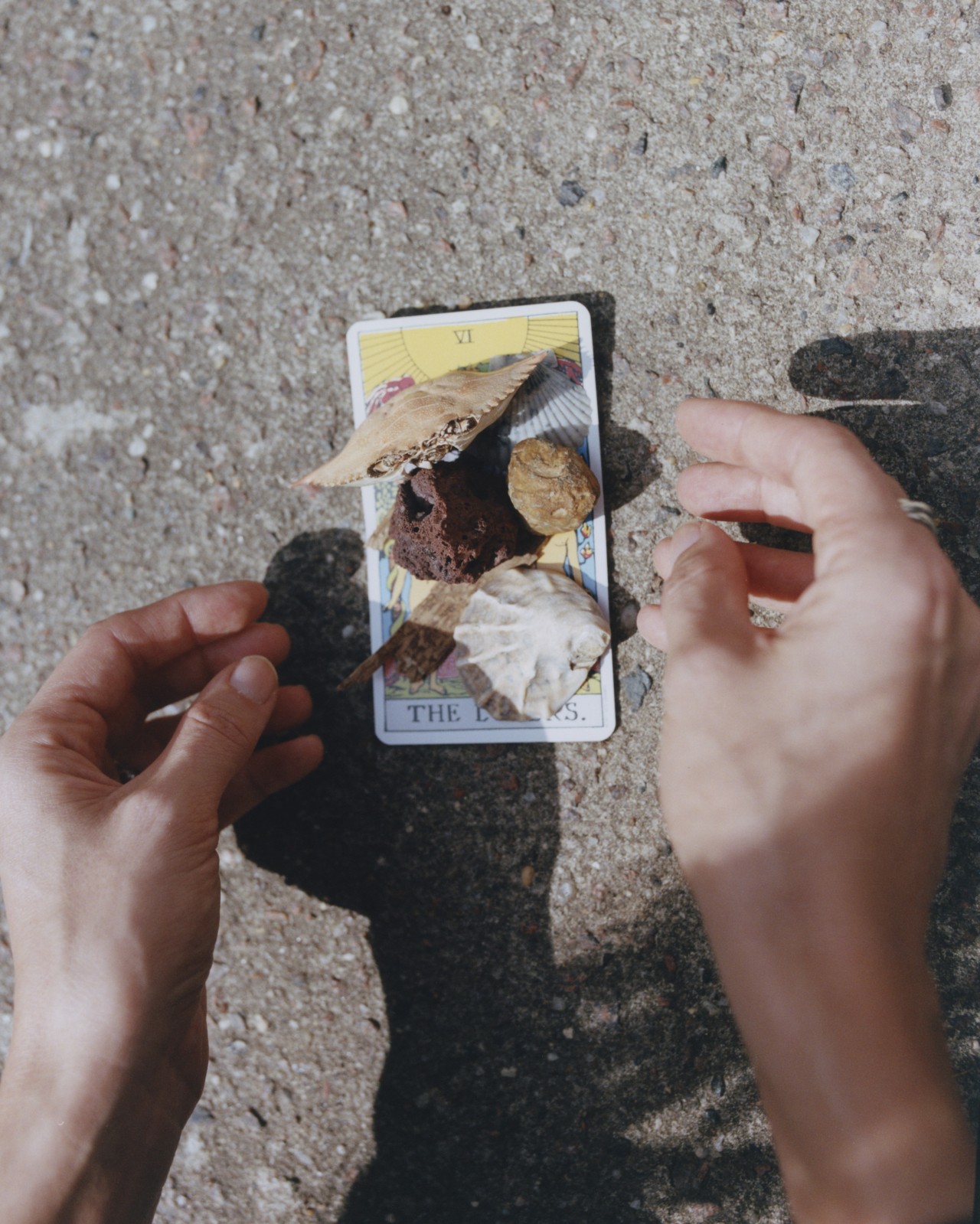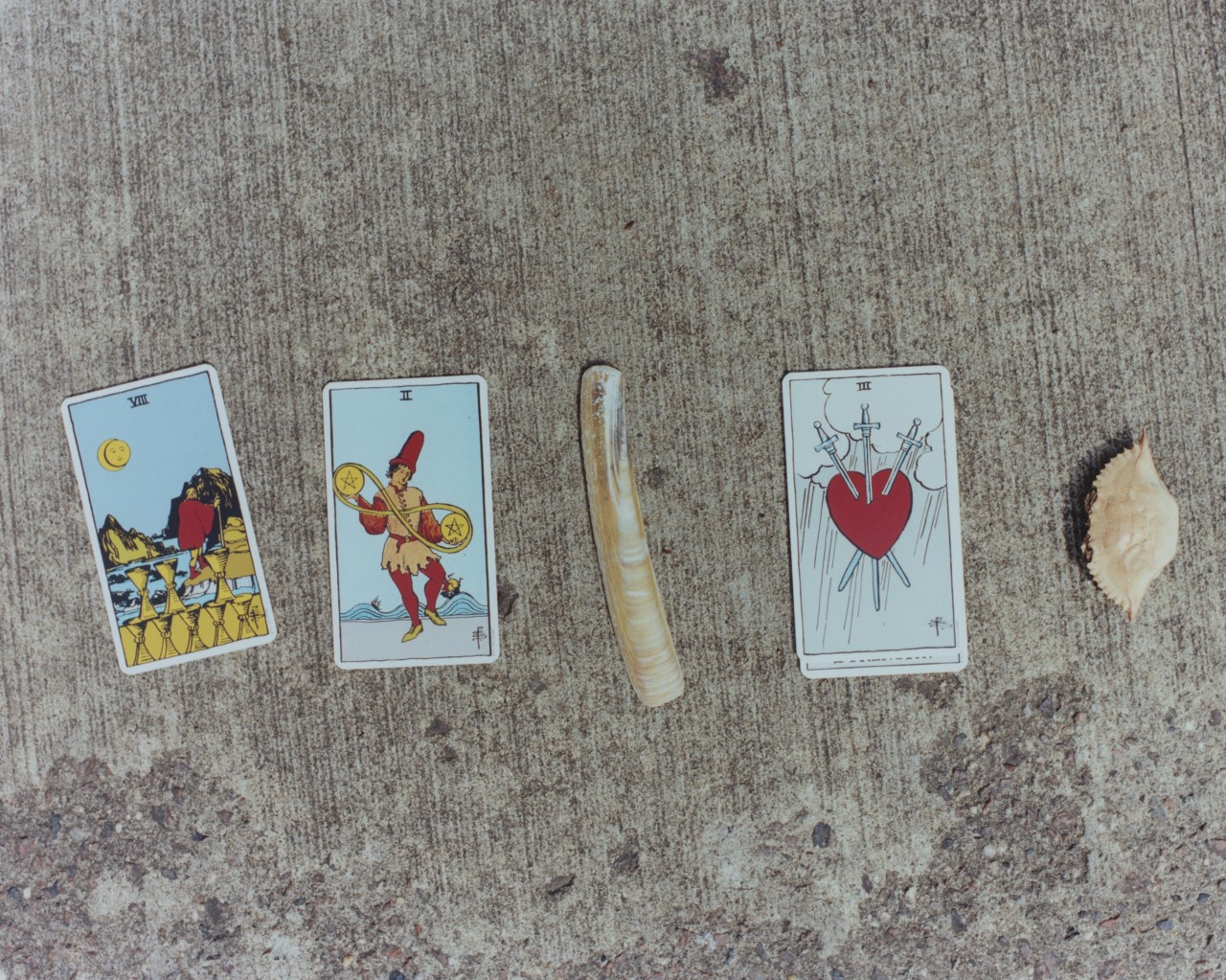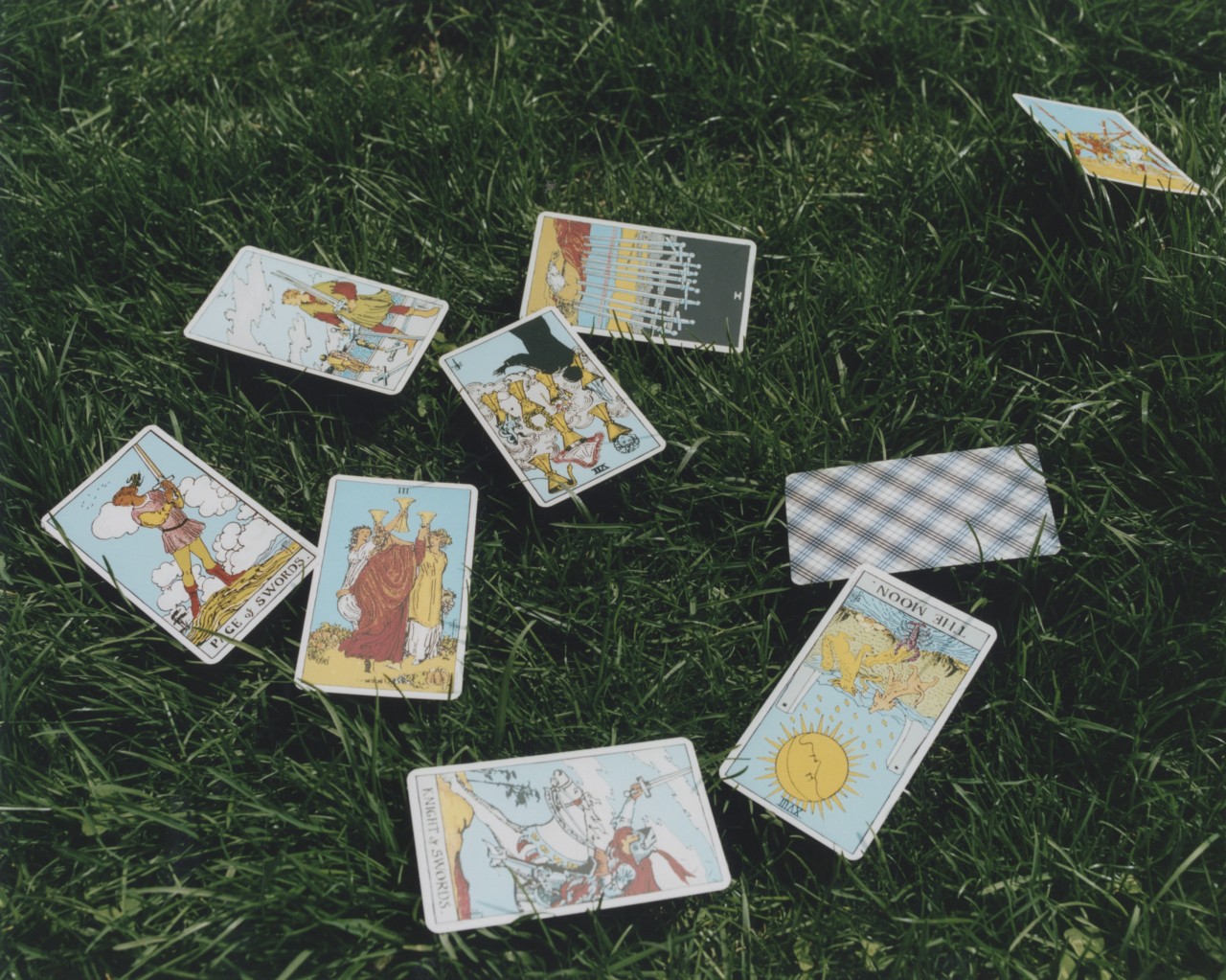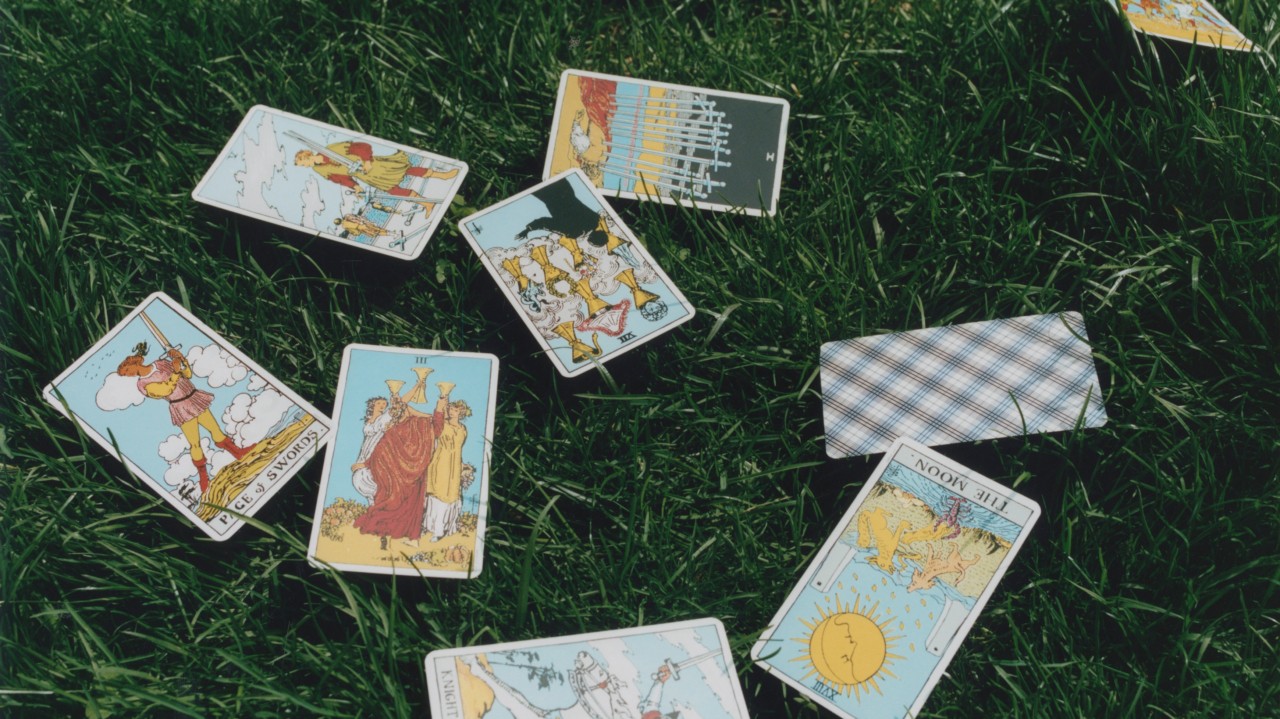
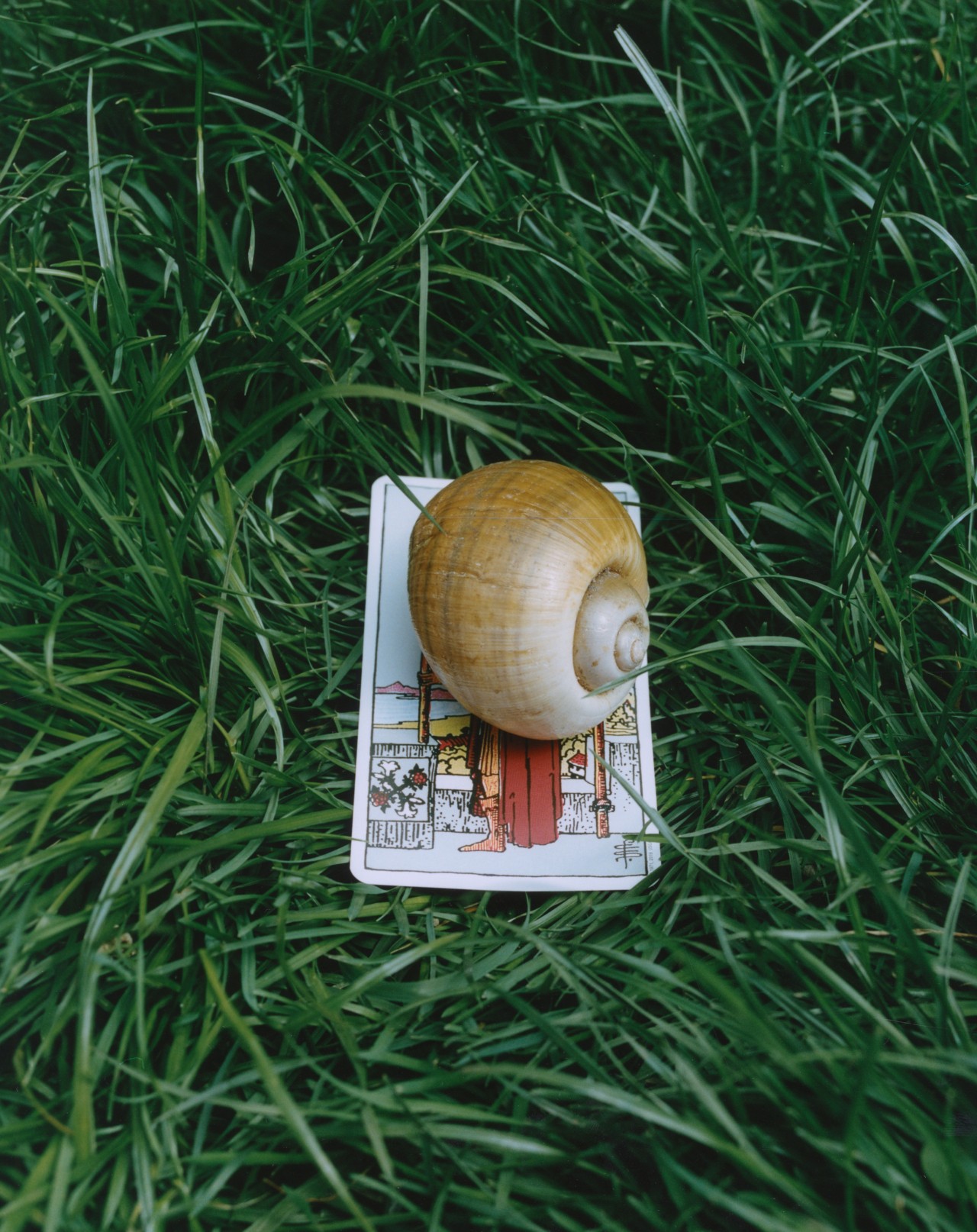
A growing movement of artists is creating spaces for people to sit down and unpack their climate feelings. And no, it’s not talk therapy; it’s climate tarot reading.
More than half of global citizens are more worried about climate change now than in 2023, according to a 2024 United Nations survey—the largest of its kind. There’s so much concern that therapists developed a therapeutic approach to validate these issues: climate-aware therapy. Still, access to mental health care, let alone the ecologically mindful versions, is broadly inaccessible: Over 40% of adults who need mental health care can’t access it due to barriers including cost, availability, and wait times.
“We’re seeing more of what we call doomism,” said Barbara Easterlin, president of the board of directors at Climate Psychology Alliance of North America. Doomism is the belief that nothing can be done about inevitable global warming and the extinction of mankind. It leads to feelings of depression and hopelessness, as well as inaction. “That’s a difficult place to be,” she said. “Essentially, it’s a psychological defense against the overwhelm of what feels like an inescapable catastrophe.”
As humans have done for time immemorial, this sort of overwhelm leads many to seek answers beyond the physical realm. Enter climate tarot cards.
Tarot uses a deck of cards to tell fortunes and gain personal insights. Individual cards represent various themes of life, which tarot readers use to interpret questions posed by the querent. New eco-iterations of the centuries-old practice now cast that clairvoyant lens on climate-related emotions.


Artist and activist Adriene Jenik has worn down her personal ECOtarot, a deck they designed to provide free climate future readings. “I’ve done more than 1,600 readings all over the world at this point,” said Jenik, who is also a professor at Arizona State University.
Their deck features environmental iconography based on the original tarot set, which is hand-painted onto cards. For instance, the ECOtarot representation of the tower—the card that traditionally represents realizations, disruptions, and a need for change—depicts Superstorm Sandy, a climatic event that shifted the way Jenik thought about the climate.
“Before that event, people were like, oh yeah, climate change, whatever.” But after the superstorm, she felt a pull toward environmentally focused art. “ I describe my work as developing systems and processes that help us connect to ourselves, each other, and the land,” Jenik said.
Brooklyn-based artist James Leonard started giving climate-focused tarot readings to strangers in 2015 as part of “the Tent of Casually Observed Phenologies,” a traveling performance art piece. To create a comfortable setting for querents, Leonard and his team carefully fabricated the divination space. In the tent, the diviner and querent can peer out a sky oculus to be present with their surroundings. “You’re very aware of the ground below you,” Leonard explained.
His team designed the tent to look as if it appeared in a storybook, a traveling show that comes to town overnight. “Just setting up a table at an event with tarot cards wouldn’t have really created the right consistent context, both to read in and or readers to approach,” Leonard said.

Tarot has long been used as a medium to connect to the natural world. People throughout history used weather divination “so they could adjust their crops and make their plans accordingly,” said University of Central Arkansas physics professor Debra Burris, who is also a practicing witch, farmer, and author of Weather Magic: Witchery, Science, Lore. She points to Celtic practices like pulling cards during the omen days—the 12 days of Christmas—to predict the next 12 months of weather.
Like any divination, people today use tarot for different reasons. Some believe the decks offer glimpses into the future; others use the cards as tools for self-reflection or simply as entertainment.
As a meteorology educator, Burris thinks climate tarot readings could be an educational resource for people who wouldn’t take a course on environmental science. “ This is a tool that will reach an audience that would not necessarily pick up a science book—and I don’t mean that in a derogatory way,” she said. “That’s just not their interest.”
That may be why climate tarot readers have been able to pull in climate skeptics. According to Leonard, the ritual aspect tends to disarm those who try to troll the process. They may ask seemingly silly questions like, Will cheeseburgers exist in 100 years due to climate change? “Then they’d start thinking about food systems by the end of the reading,” Leonard explained. “It was really fascinating to watch people tumble through their thought process.”


Both Leonard and Jenik have traveled to dozens of places to read for those whose views run the gamut of the political spectrum. “So many different people sit down with me,” Jenik recalled. “I’ve had air-conditioning repairmen sit down with me, I’ve had CEOs, biker chicks—just everybody.”
What surprised Jenik most was how many people think about the climate in such profound ways. “People are carrying really incredibly heavy things with them. They’re trying to decide if they’re going to have children,” they said.
Jenik thinks tarot can facilitate difficult conversations between strangers because the practice is such an intimate exchange. “Sometimes people just sit down and they just start weeping,” Jenik said. “Like, I don’t even say anything to them. They just start weeping.” Holding space to witness and be present with the climate reality allows these emotions to surface. She hopes environmental tarot readers pop up on every corner, creating space for introspection in every town and city.
Still, tarot readings aren’t a miracle cure for climate change or eco-anxiety; that requires the querent to buy in, too. To Jenik, tarot “is a tool that enables [querents] to hear their own voice and their own teachings about what they need to do.”
“I’m a conduit for the possible interpretations,” Jenik said. “But in the end, you’re co-creating with me a narrative understanding of what this means in your life.”


Can Tarot Readings Offer a Salve for Climate Anxiety?
